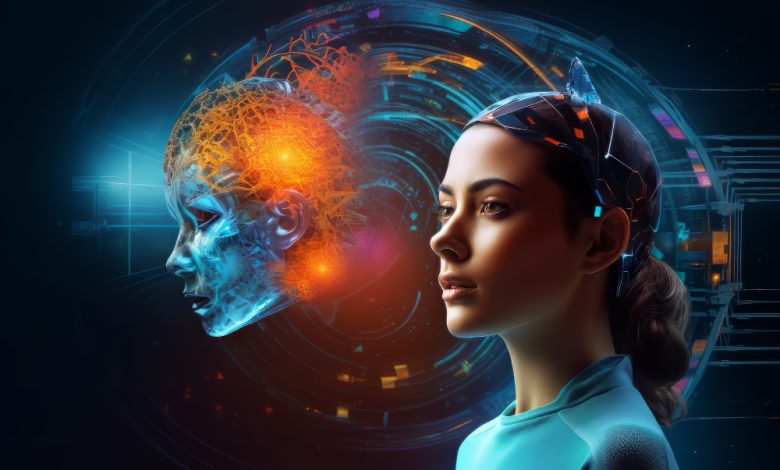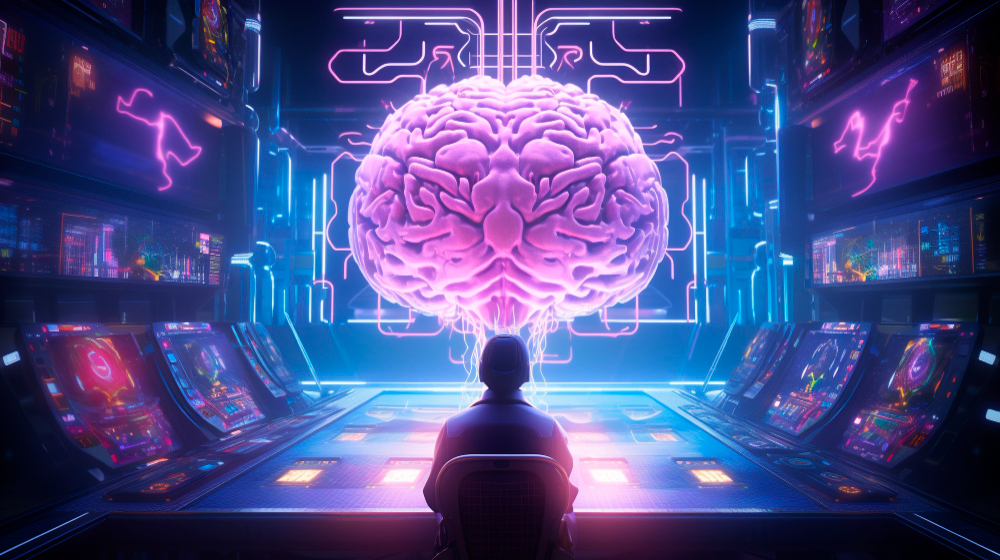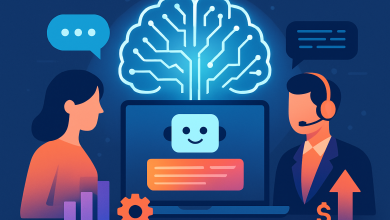
Artificial intelligence. Few topics spark as much debate. For some, it’s a thrilling frontier of possibility; for others, a looming threat. While organizations worldwide pour billions into AI initiatives, hesitation lingers in boardrooms and breakrooms alike. Why? Because adopting AI isn’t just about technology—it’s about psychology.
This article explores why people and companies hesitate, what drives eventual acceptance, and how leaders can guide smoother transitions. Along the way, we’ll dig into the fears, the motivators, and the success stories that shape how we think about machines that can “think.”
Why Resistance Comes Naturally
Skepticism toward new technology isn’t new. From the printing press to the internet, every disruptive leap has sparked pushback. With AI, three particular concerns consistently surface.
Fear of Job Loss
The biggest worry? Replacement. According to a Pew Research study, 50% of U.S. adults feel more concerned than excited about AI, largely because of job security fears. When headlines highlight automation in warehouses or generative AI writing code, it’s no wonder employees imagine pink slips rather than promotions.
And the fear isn’t unfounded. The European Commission found that while 62% of Europeans view AI at work positively, there’s equal acknowledgment that it alters the skills mix, creating winners and losers. This tension fuels hesitation.
Complexity and Understanding
AI isn’t easy to grasp. For many, machine learning models feel like opaque black boxes. That lack of clarity creates a psychological barrier: people struggle to trust what they can’t explain.
A 2025 OECD report showed that only 13.5% of EU-27 enterprises implemented AI in 2024, with adoption gaps widening between large corporations and smaller players. Why? Because the smaller the company, the less likely it is to have in-house expertise to demystify the complexity.
Trust and Accuracy
Trust runs deeper than technical literacy. People want to know whether AI systems are reliable, ethical, and fair.
Consider this: 76% of Americans say detecting AI vs. human-made content is important, but 53% don’t trust themselves to do so (Pew Research). That lack of confidence feeds broader skepticism—if we can’t even spot AI output, how can we rely on it for high-stakes tasks like hiring, medical diagnosis, or financial analysis?
The Drivers of Acceptance
Despite resistance, adoption is rising fast. A McKinsey survey revealed 78% of organizations used AI in at least one business function in 2024, with 71% reporting regular generative AI use. What helps people and organizations make that leap? Psychology again.
Perceived Usefulness
People adopt tools they see as valuable. If AI helps sales teams predict customer needs, or doctors speed up diagnosis, it earns credibility.
Take the European Commission’s finding: 70% of Europeans believe AI improves productivity. Once usefulness outweighs fear, resistance softens.
Social Proof
Humans are social learners. We look to others when making decisions. The Stanford AI Index noted that 90% of notable AI models in 2024 were produced by industry, alongside $109B in U.S. private AI investment. When leaders see their competitors going all in, hesitation feels riskier than action.
This herd effect doesn’t just shape boardroom decisions. Employees also gain confidence when peers adopt tools successfully. Suddenly, AI isn’t “replacing me”—it’s “helping us.”
Confidence Through Familiarity
Training matters. The more people use AI, the more they trust it. Consider how autocomplete once felt strange, but now most of us barely notice it. Familiarity turns strangeness into normality, skepticism into acceptance.
Case Studies: From Doubt to Success
Nothing builds belief like examples. Let’s look at organizations that moved from hesitation to integration.
Healthcare: Augmenting Doctors
Hospitals initially worried AI diagnostic tools would alienate physicians. Instead, training programs reframed AI as an assistant, not a rival. Doctors learned to use algorithms for triage and second opinions, cutting diagnostic time while retaining decision authority. The result? Better outcomes and higher trust.
Retail: Personalization at Scale
A global retailer hesitated to roll out AI-powered personalization engines, fearing customer backlash over “creepy” targeting. Once the company emphasized transparency—explaining how recommendations worked—shoppers responded positively, sales rose, and employees embraced the tools as helpful rather than threatening.
Manufacturing: Predictive Maintenance
In factories, introducing predictive AI meant workers feared being sidelined. Management invested in retraining, showing technicians how to use AI outputs to prevent breakdowns. Far from replacing them, AI made their work more impactful. Adoption skyrocketed.
Bridging the Gap: Strategies for Easing Transitions
How do leaders guide teams from skepticism to adoption? It takes communication, empathy, and practical steps.
1. Training and Education
AI tools should never drop unannounced into workflows. Workshops, simulations, and hands-on sessions build familiarity and reduce intimidation.
2. Transparent Communication
Openness about how AI systems work and what data they use builds trust. Leaders should clearly state what AI will—and won’t—replace.
3. Framing AI as Support, Not Replacement
Positioning matters. AI framed as an assistant gains quicker acceptance than AI presented as a “new way of working.” Employees want reassurance that their expertise still matters.
4. Highlighting Wins Early
Share stories of small, tangible benefits—whether it’s faster report generation or fewer errors. Success stories encourage adoption far more effectively than lofty promises.
5. Encouraging Peer Learning
Formal training helps, but people often trust colleagues more than corporate memos. Encouraging peer-to-peer AI skill sharing spreads comfort and confidence.
Looking Ahead: Adoption at Scale
AI isn’t slowing down. Training compute doubles every five months, and dataset sizes double every eight (Stanford HAI). Industry momentum guarantees more tools, more capabilities, and more pressure to adopt.
Yet, as the OECD notes, gaps are growing. Early adopters surge ahead while latecomers fall further behind. For organizations, the choice is no longer whether to engage with AI, but how.
That’s where psychology makes the difference. Leaders who understand the fears, build trust, and emphasize value will bring their teams along. Those who don’t risk resistance—and irrelevance.
Conclusion
Skepticism is natural. Fear of job loss, complexity, and trust issues slow down adoption. But human psychology also provides the keys to acceptance: perceived usefulness, social proof, and familiarity.
Organizations that thrive will be those that invest in training, transparency, and peer learning, framing AI as an assistant, not a rival. And as more companies succeed in embracing AI solutions, resistance will give way to momentum.
In the end, the psychology of adoption isn’t about machines. It’s about people—how we adapt, how we learn, and how we choose to embrace change.





